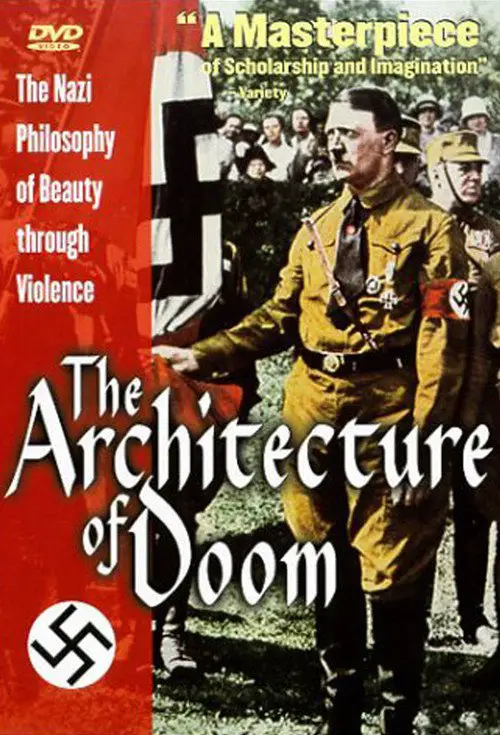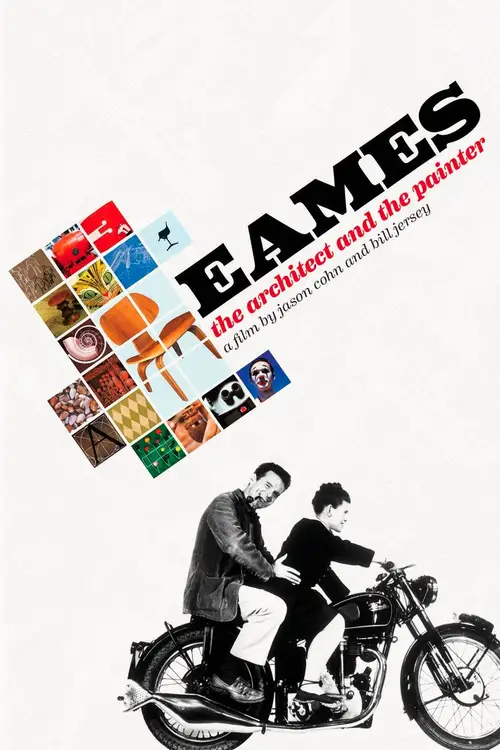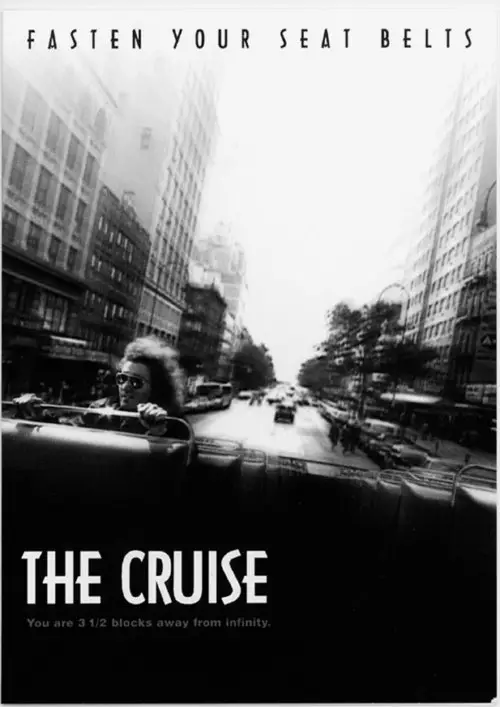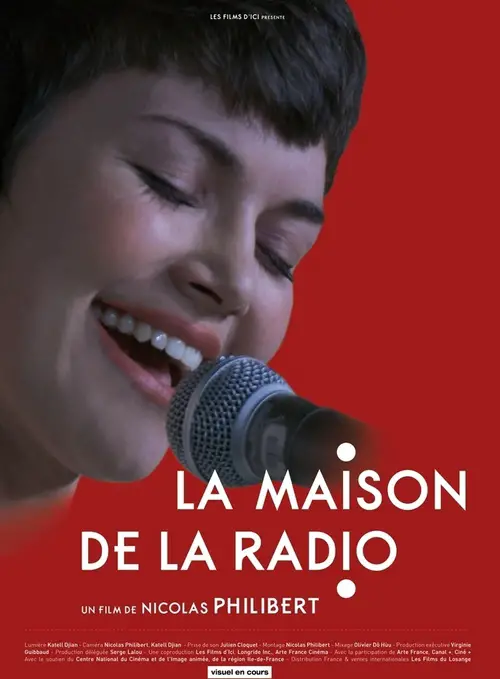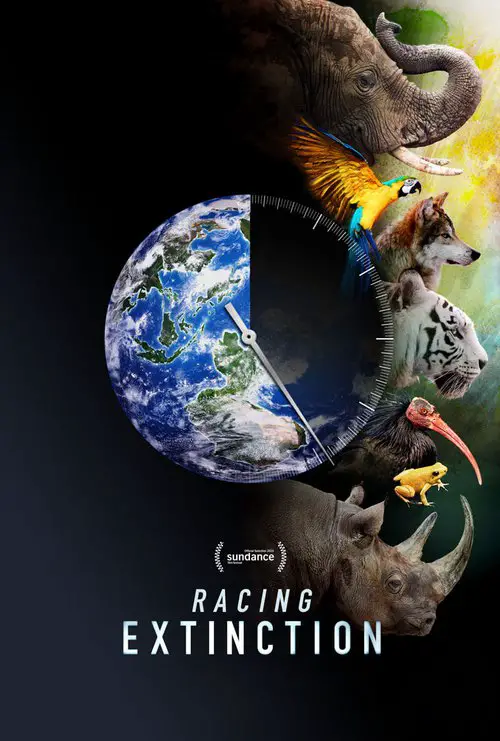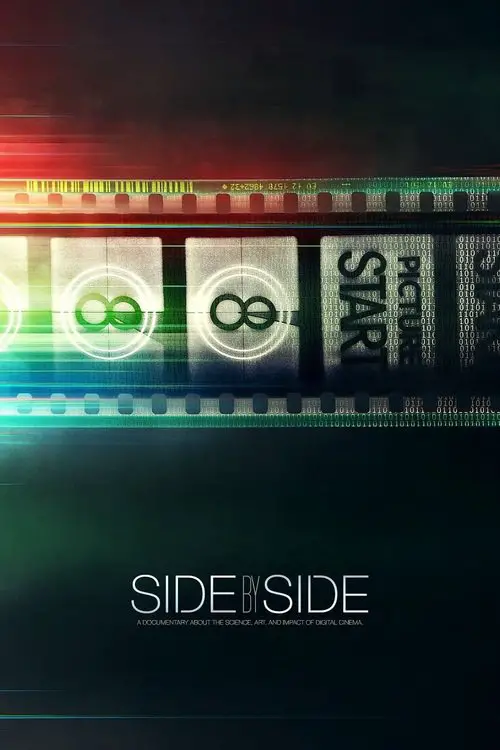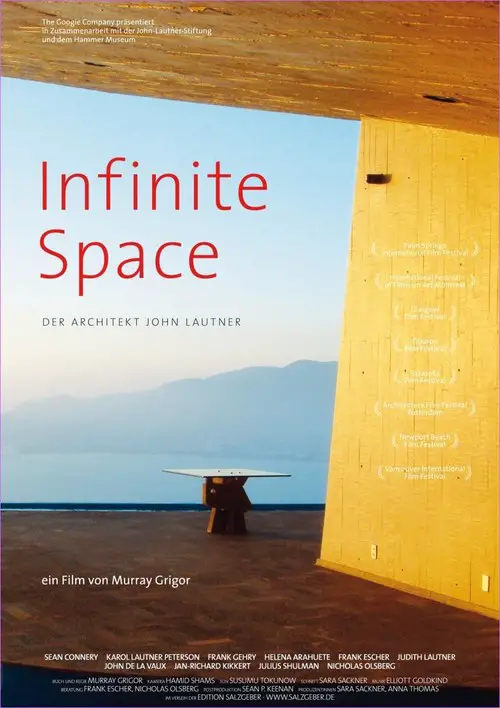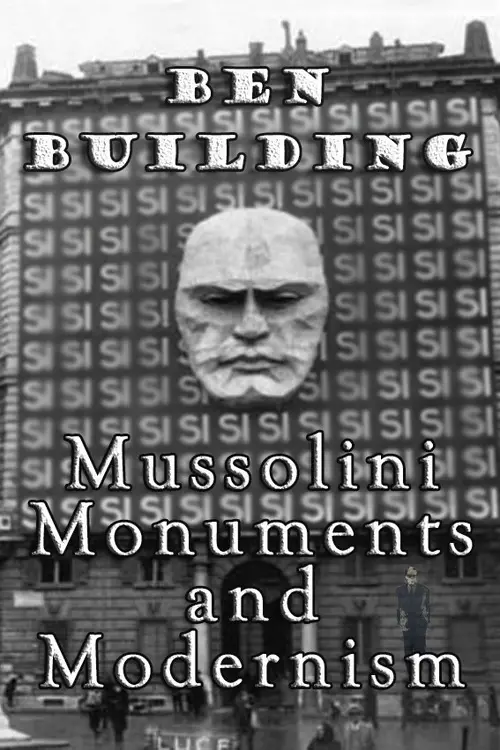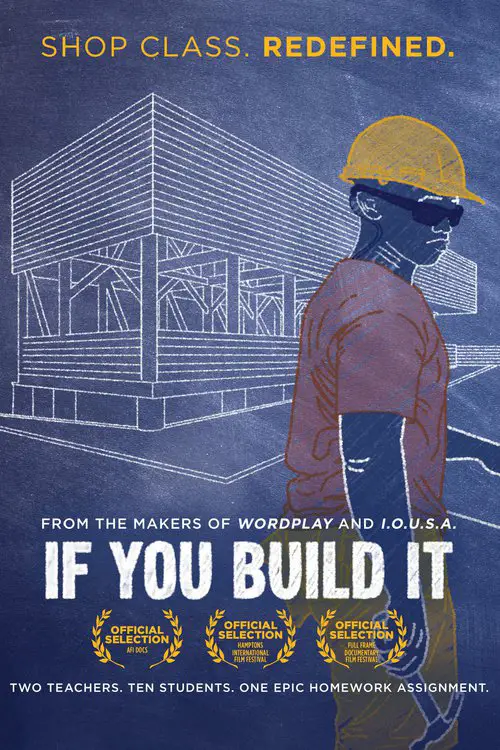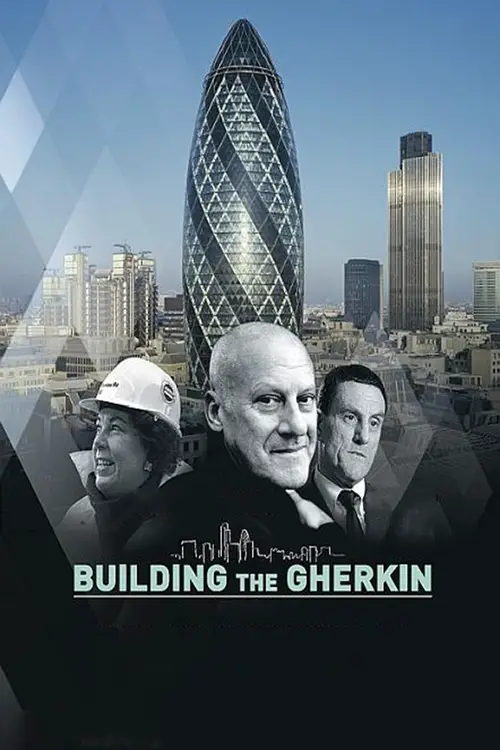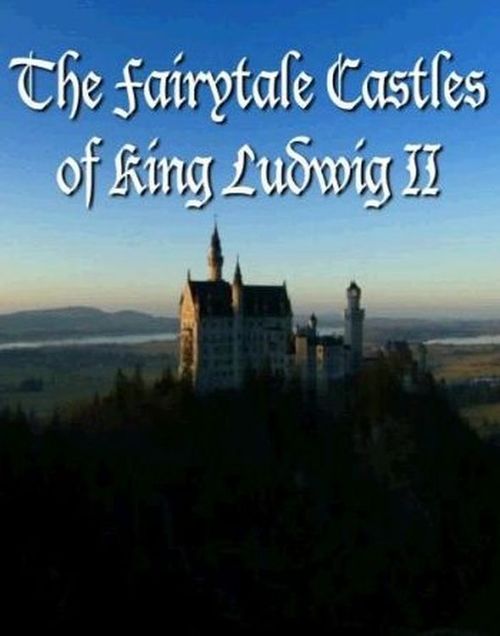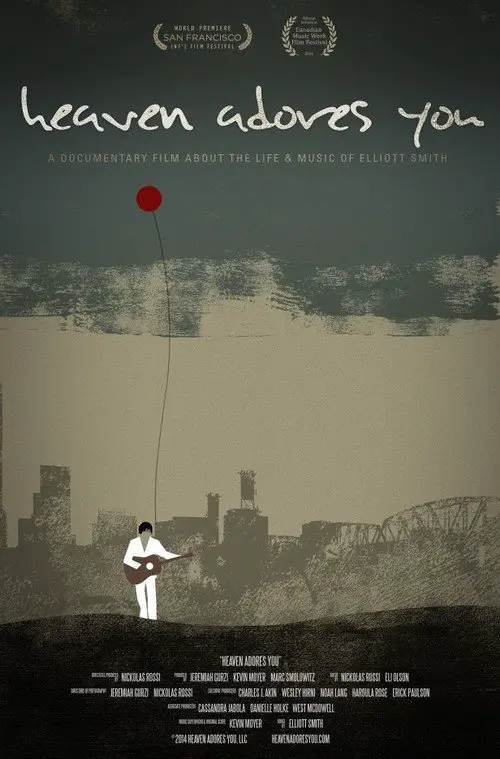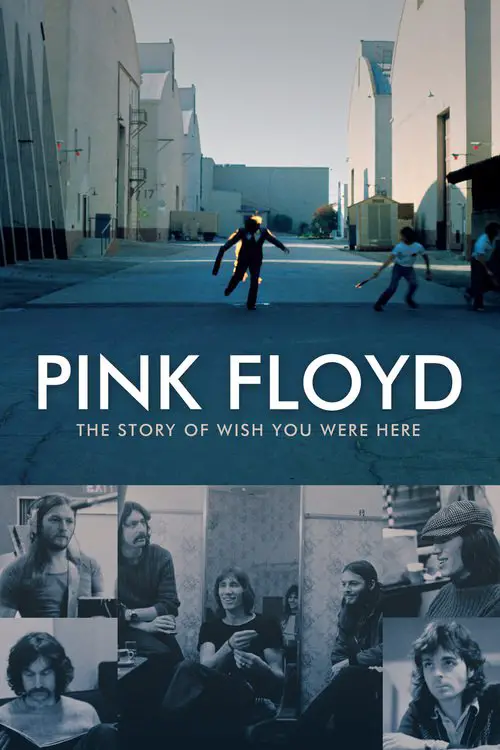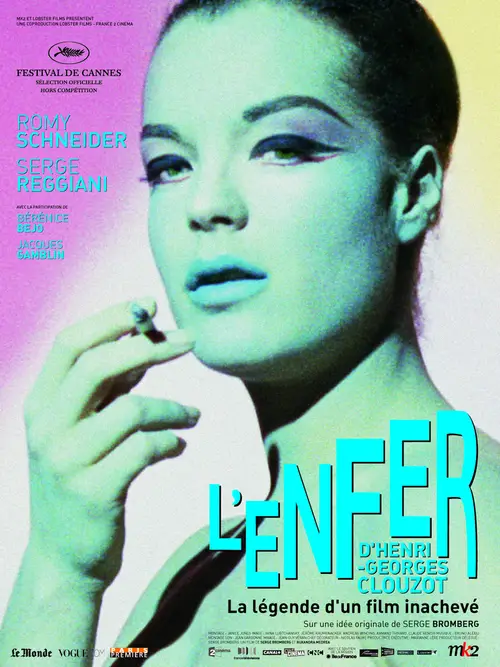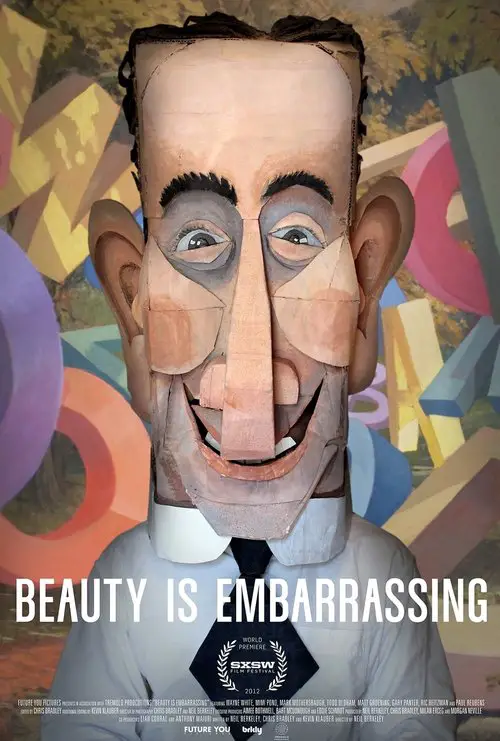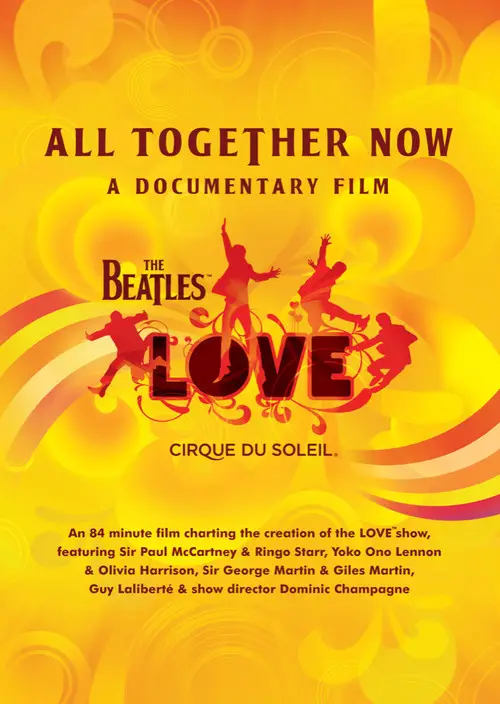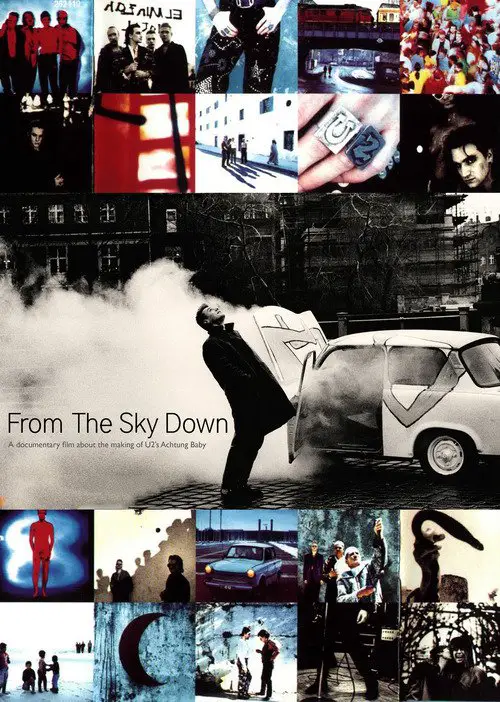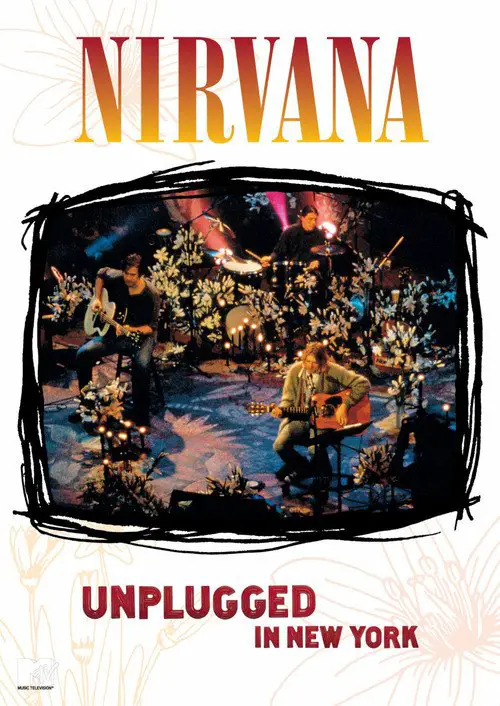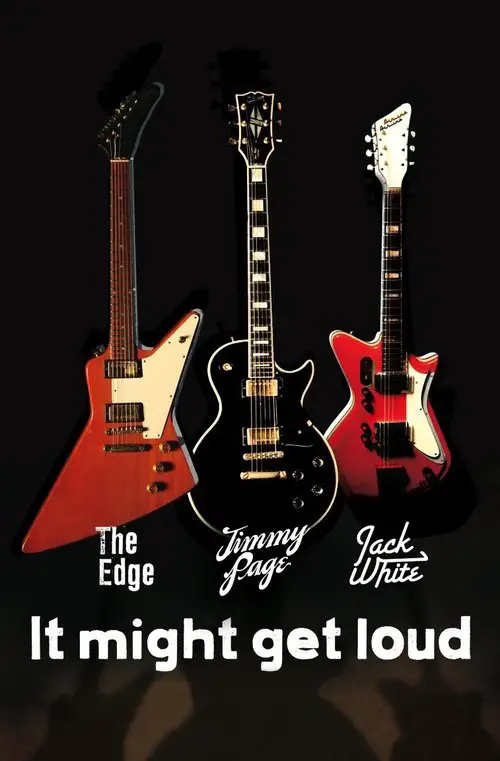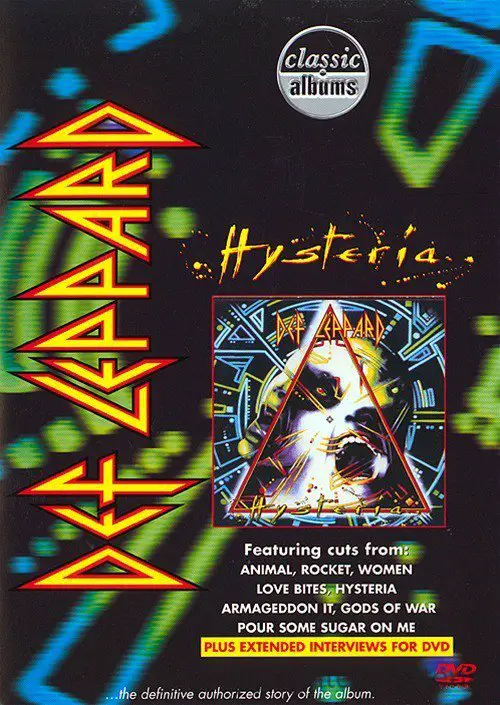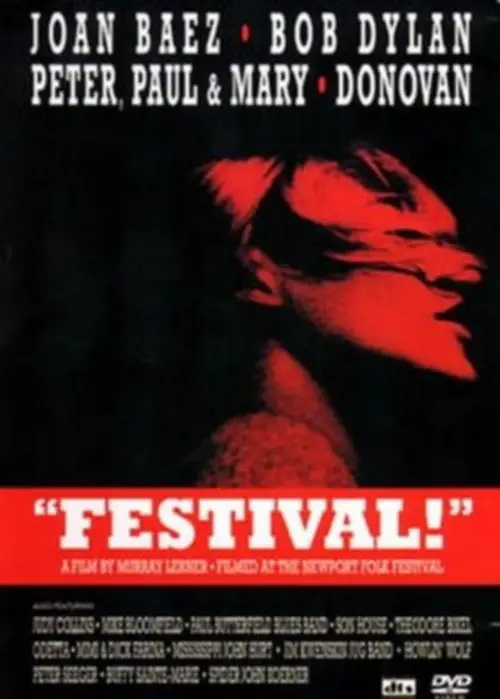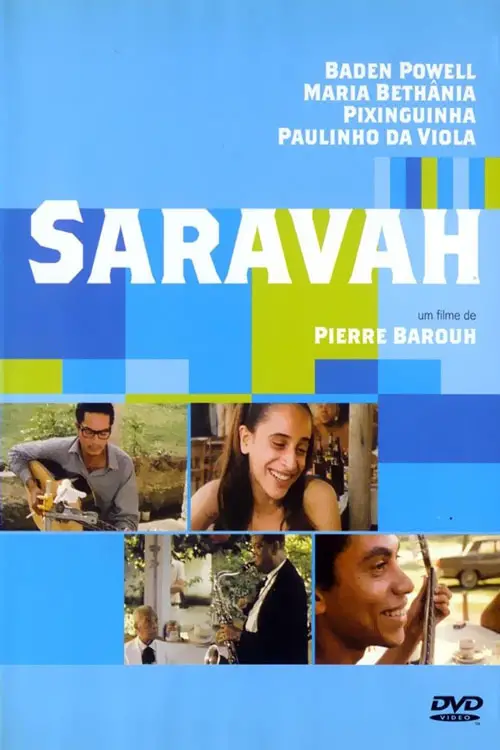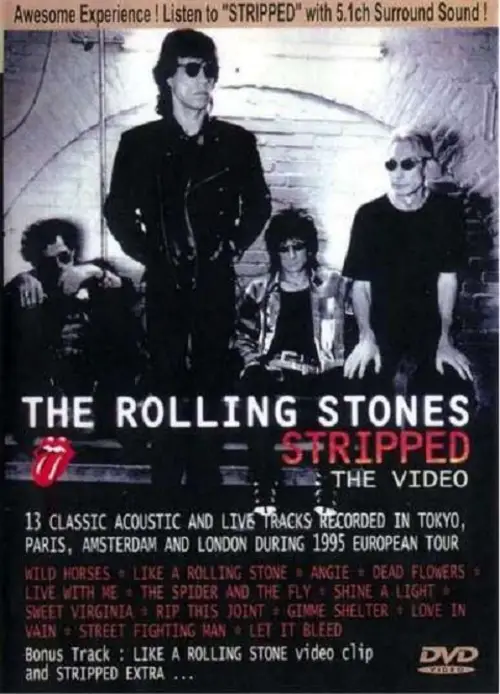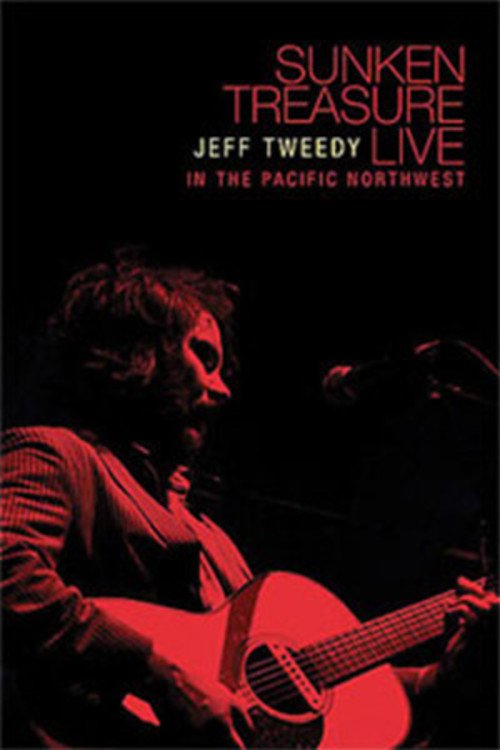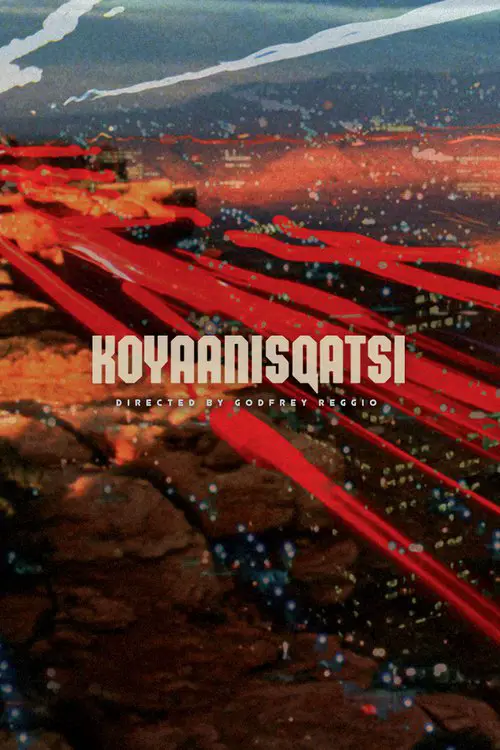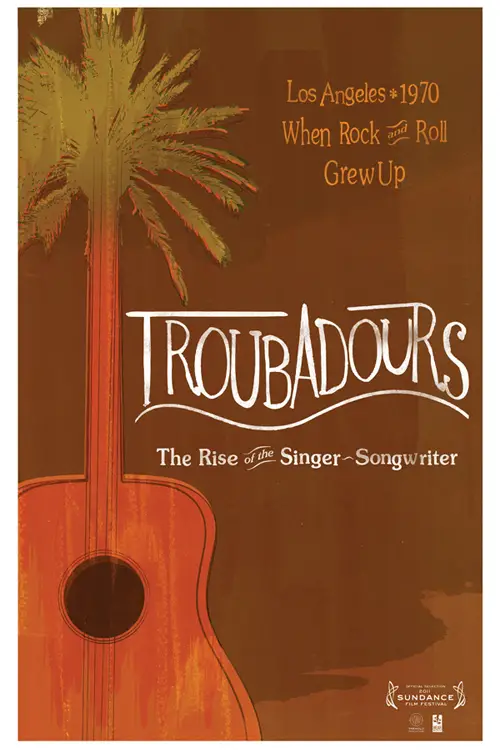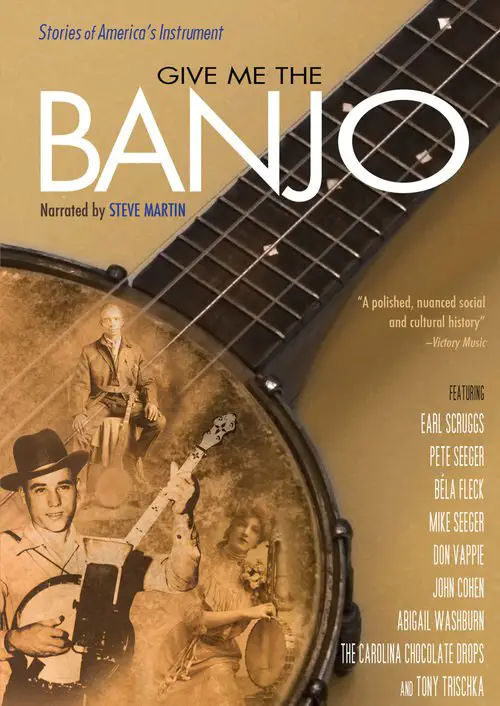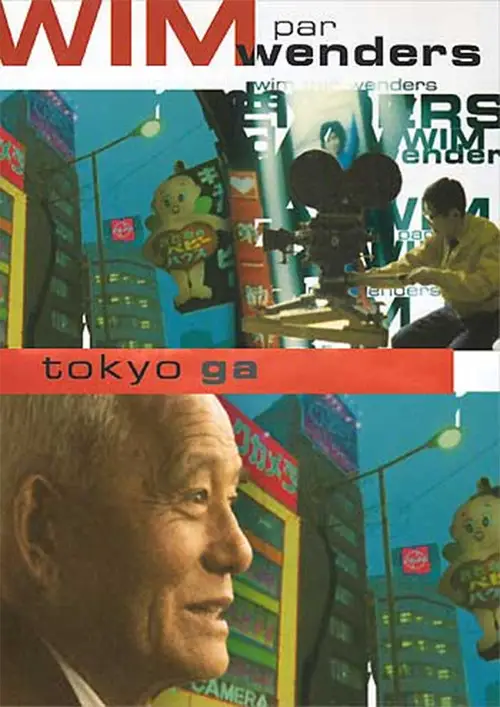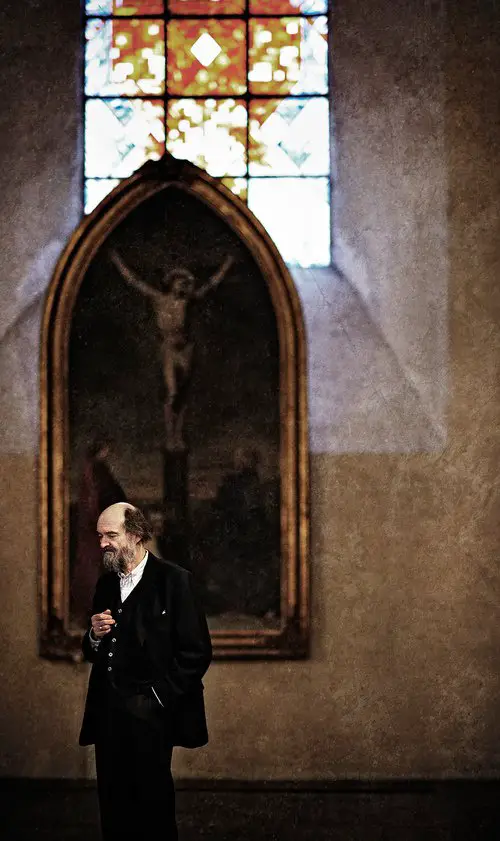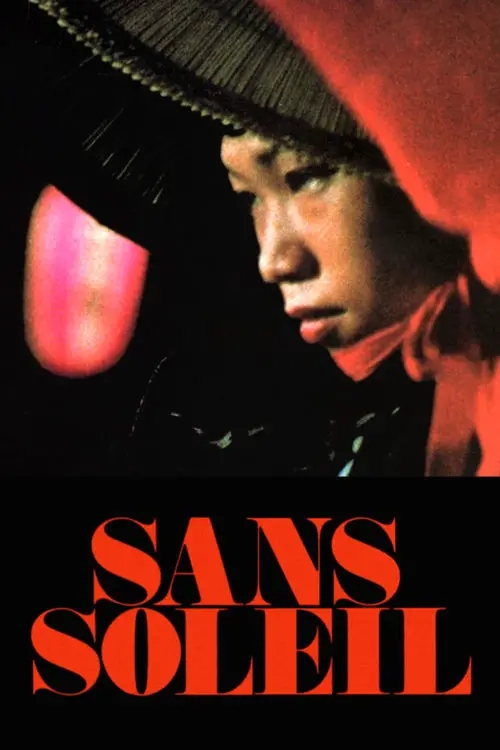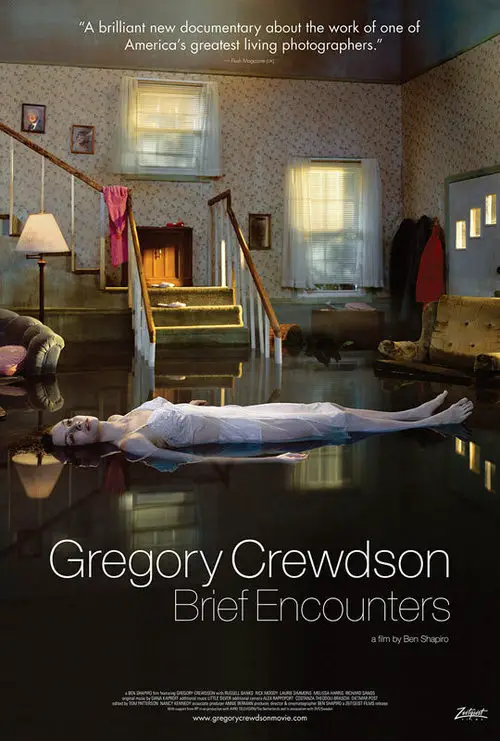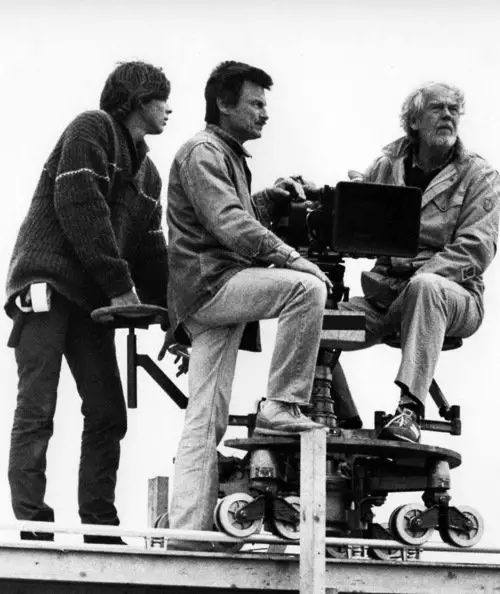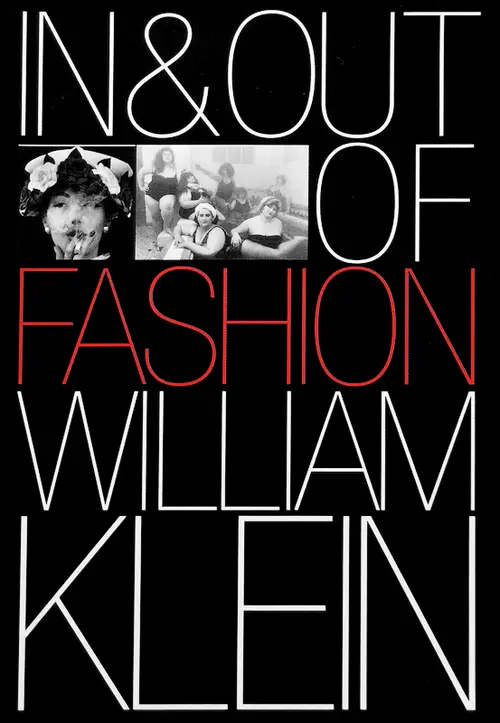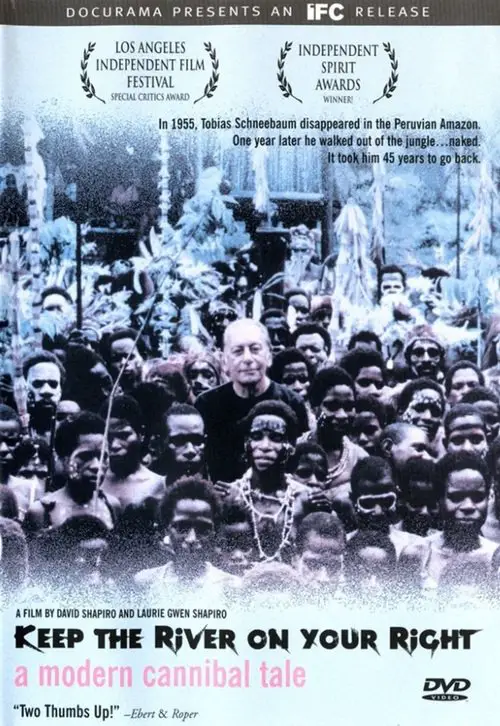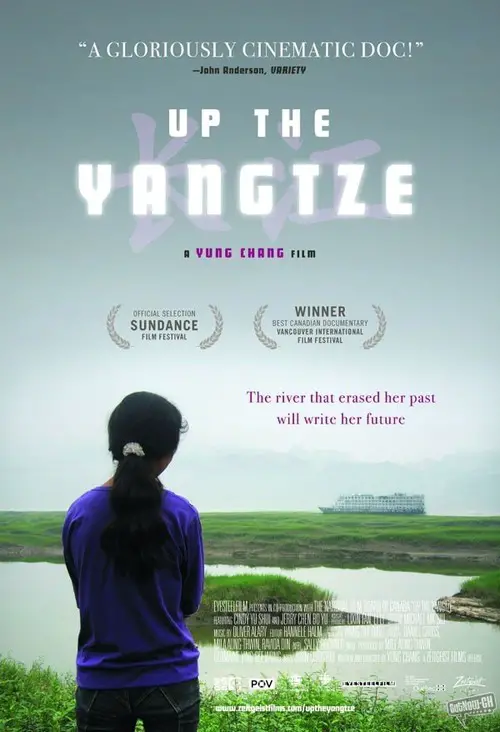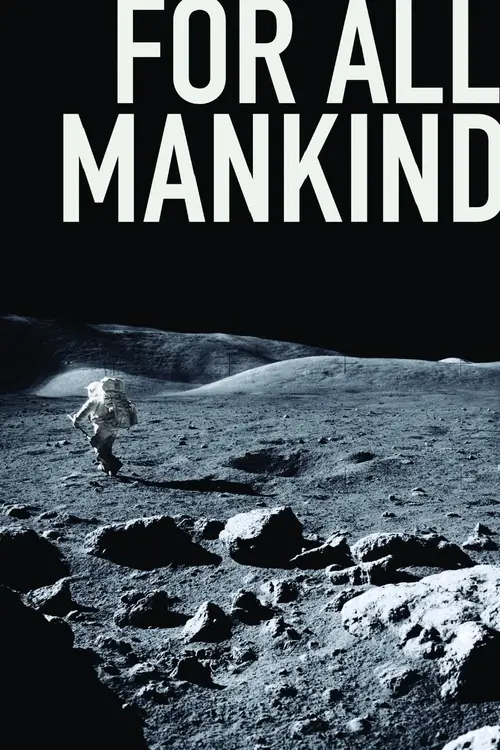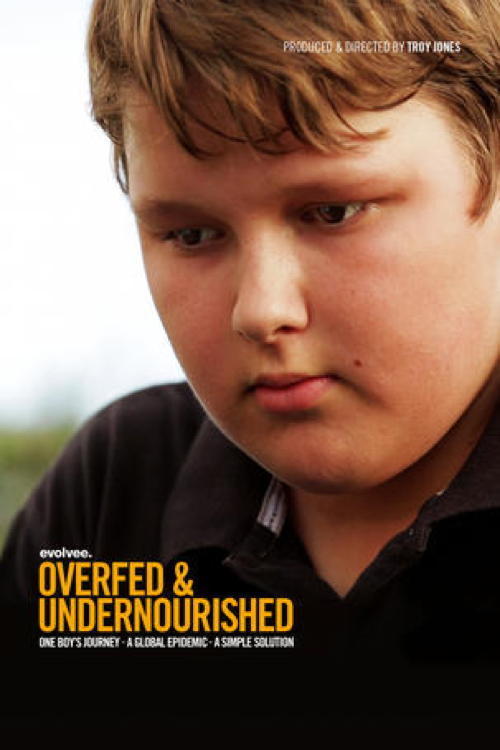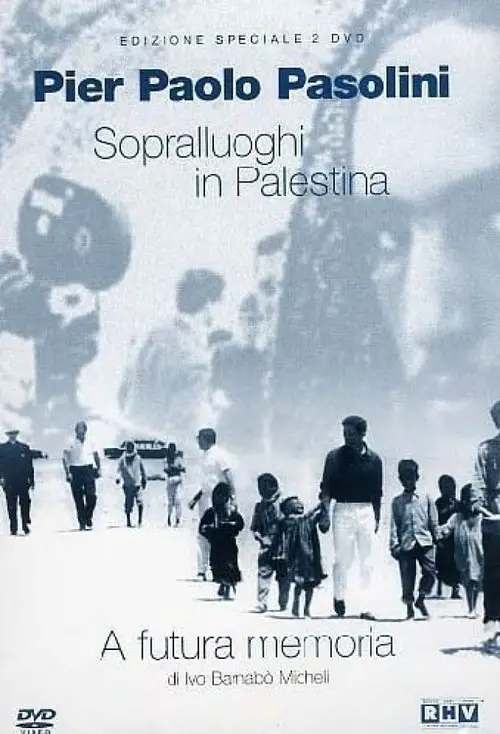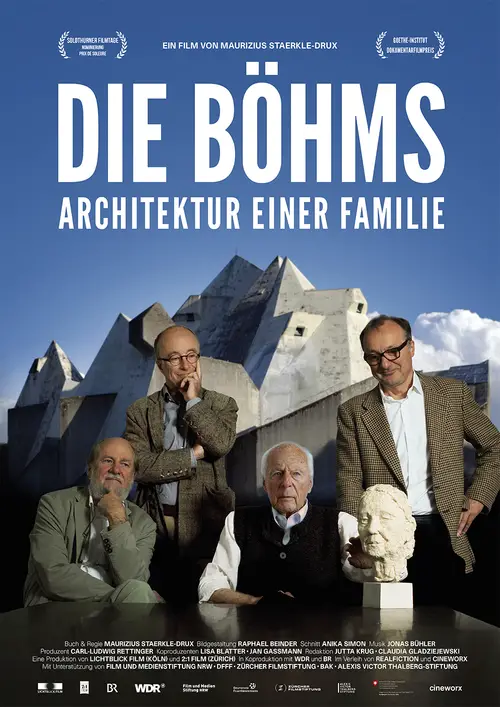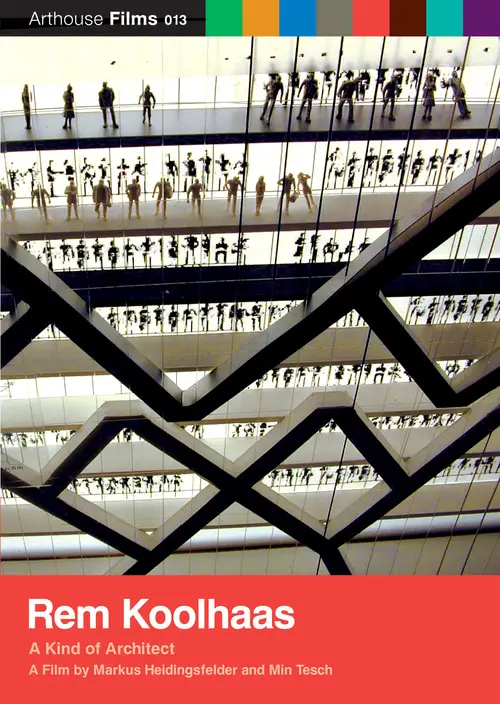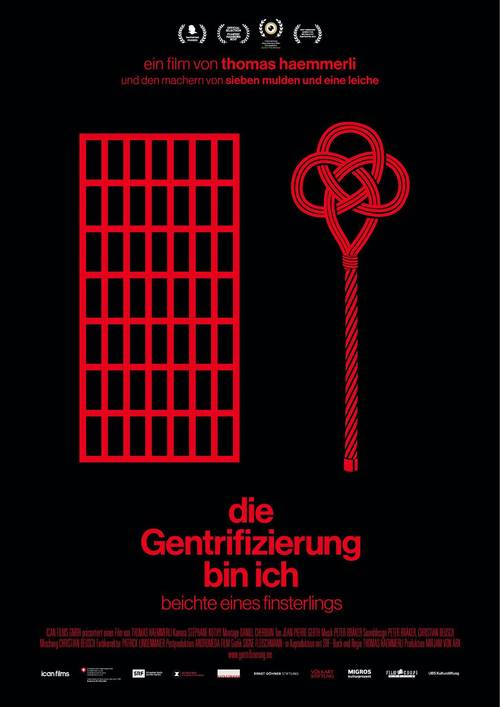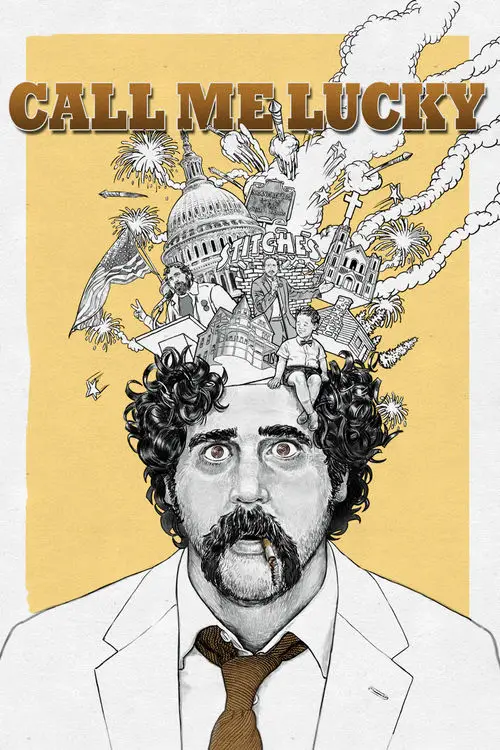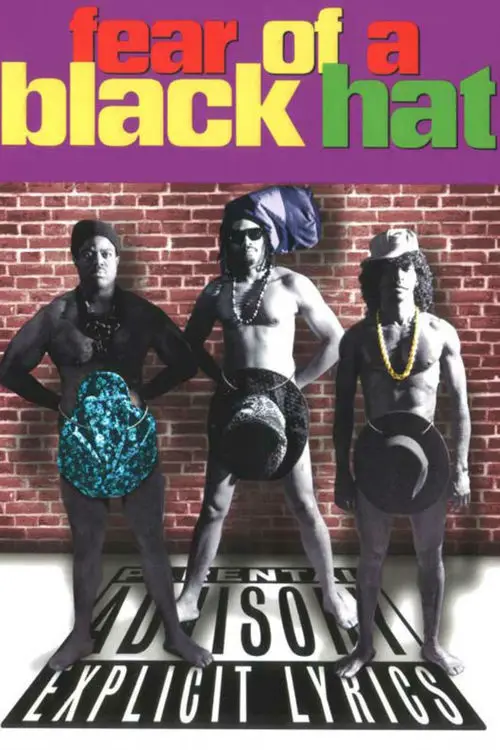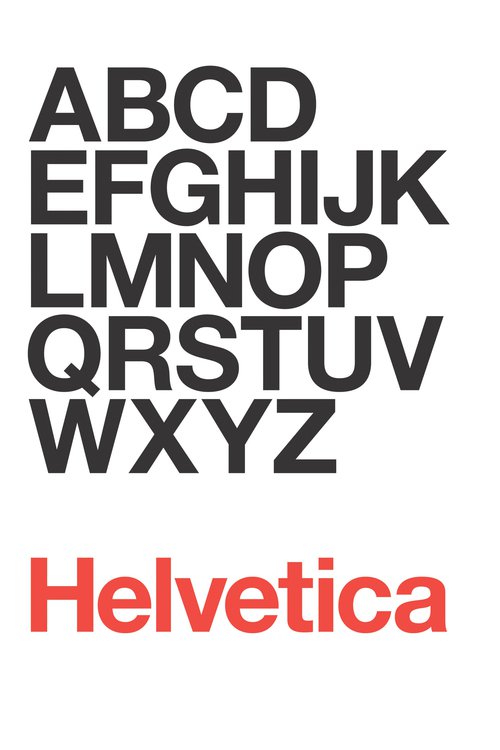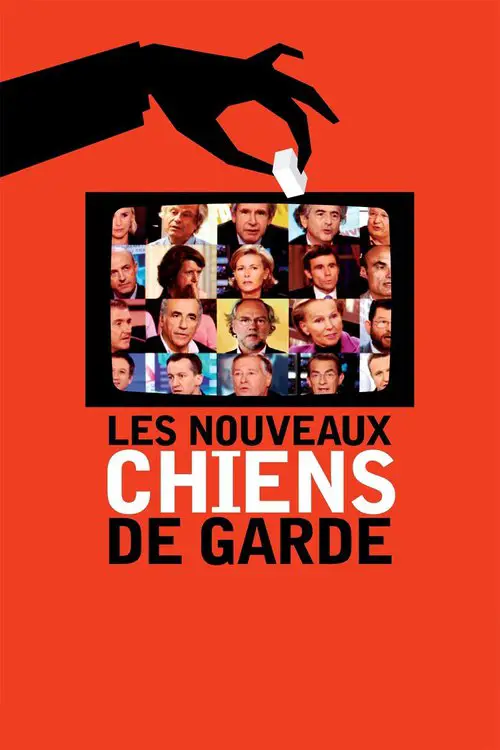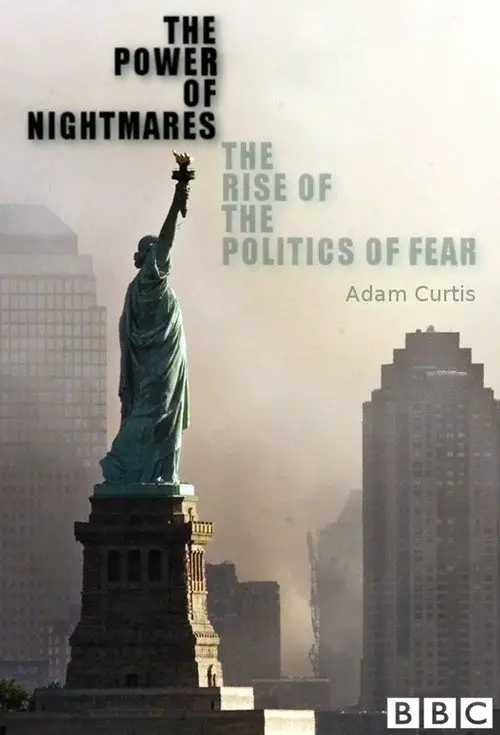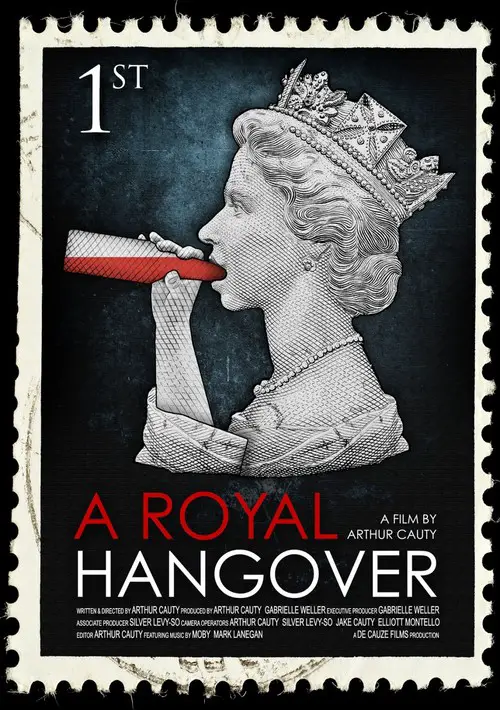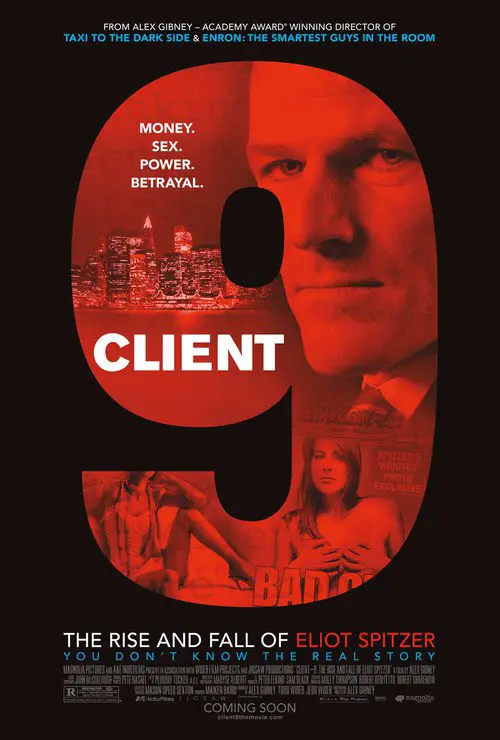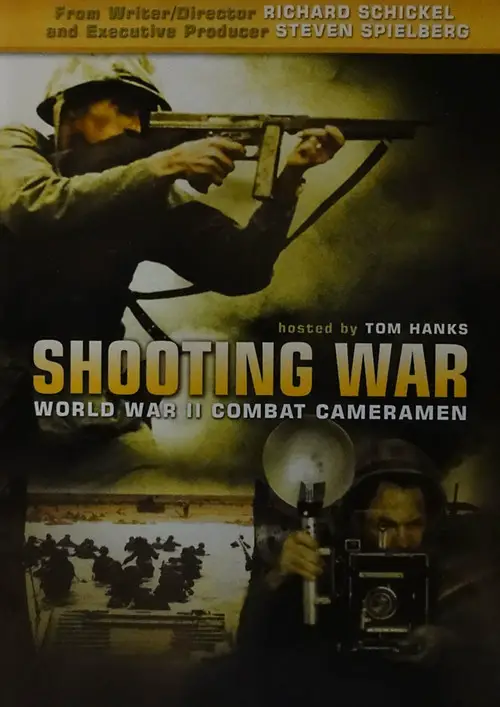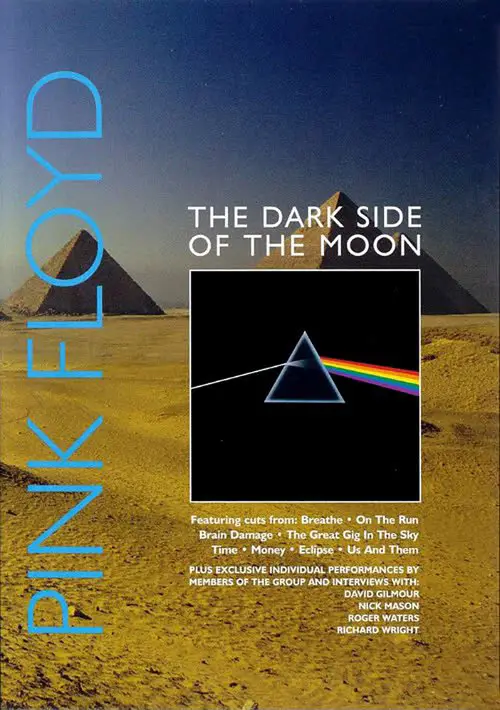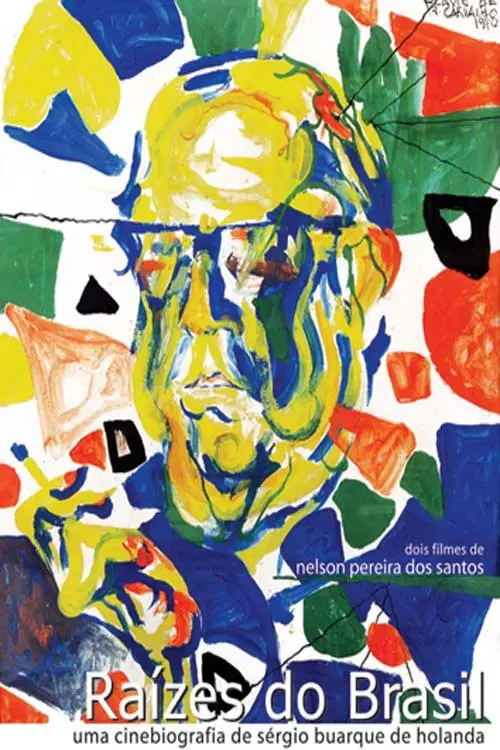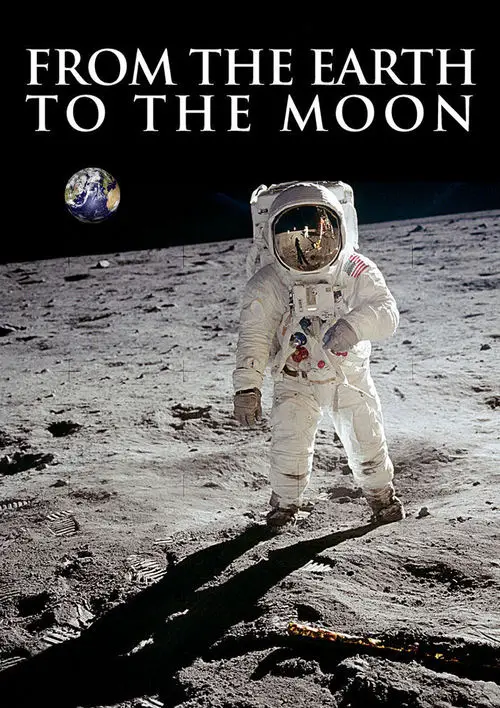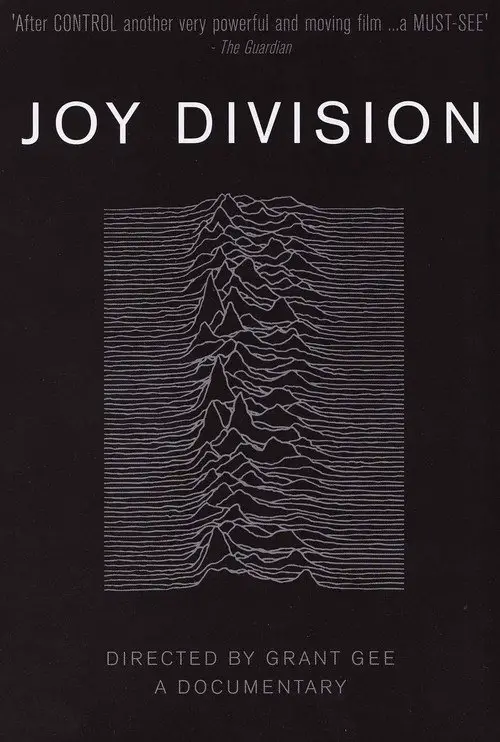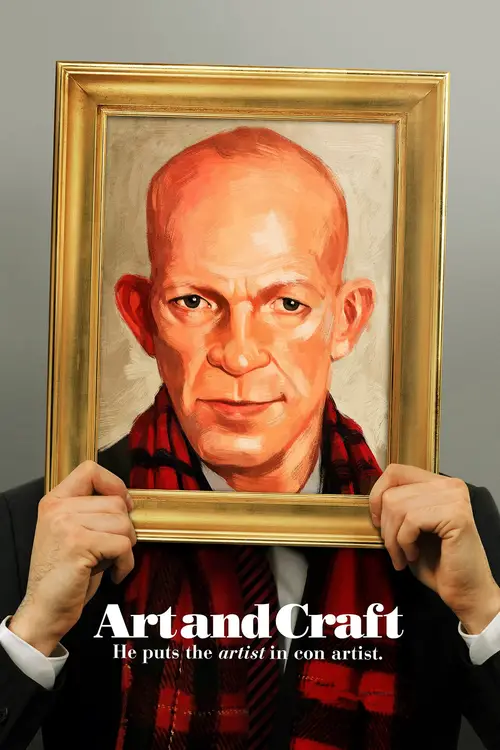Visual Acoustics (2009)
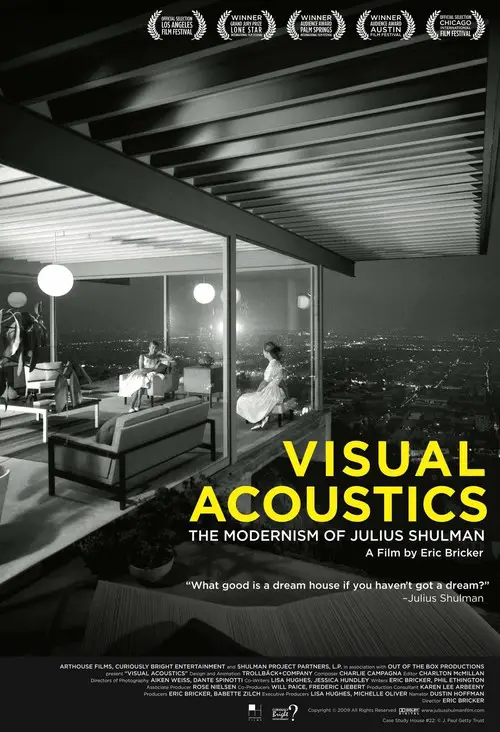
Similar movies
Featuring never-before-seen film footage of Adolf Hitler and the Nazi regime, The Architecture of Doom captures the inner workings of the Third Reich and illuminates the Nazi aesthetic in art, architecture and popular culture. From Nazi party rallies to the final days inside Hitler's bunker, this sensational film shows how Adolf Hitler rose from being a failed artist to creating a world of ponderous kitsch and horrifying terror. Hitler worshipped ancient Rome and Greece, and dreamed of a new Golden Age of classical art and monumental architecture, populated by beautiful, patriotic Aryans. Degenerated artists and inferior races had no place in his lurid fantasy. As this riveting film shows, the Nazis went from banning the art of modernists like Picasso to forced euthanasia of the retarded and sick, and finally to the persecution of homosexuals and the extermination of the Jews.
The husband-and-wife team of Charles and Ray Eames were America's most influential and important industrial designers. Admired for their creations and fascinating as individuals, they have risen to iconic status in American culture. 'Eames: The Architect & The Painter' draws from a treasure trove of archival material, as well as new interviews with friends, colleague, and experts to capture the personal story of Charles and Ray while placing them firmly in the context of their fascinating times.
Affectionate portrait of Tim "Speed" Levitch, a tour guide for Manhattan's Gray Line double-decker buses. He talks fast, is in love with the city, and dispenses historical facts, architectural analysis, and philosophical musings in equal measures. He's reflective and funny about cruising: he loves it, got in it to meet women, and he'd quit work if he could. His personal life is disclosed in small
Making a film about a radio station doesnât sound like the most visually compelling of projects. How many takes do you need before the acoustic transition from the opening to the closing of a door is perfect or the reader's voice correctly modulated? Nicolas Philibert has accepted the challenge to portray that which cannot be seen. Shouldering his camera, he spent half a year wandering the endless corridors of Radio Franceâs âround houseâ on the banks of the Seine where he filmed people who dedicate themselves utterly and meticulously to their work.
Since the invention of cinema, the standard format for recording moving images has been film. Over the past two decades, a new form of digital filmmaking has emerged, creating a groundbreaking evolution in the medium. Keanu Reeves explores the development of cinema and the impact of digital filmmaking via in-depth interviews with Hollywood masters, such as James Cameron, David Fincher, David Lynch, Christopher Nolan, Martin Scorsese, George Lucas, Steven Soderbergh, and many more.
Having previously investigated the architecture of Hitler and Stalin's regimes, Jonathan Meades turns his attention to another notorious 20th-century European dictator, Mussolini. His travels take him to Rome, Milan, Genoa, the new town of Sabaudia and the vast military memorials of Redipuglia and Monte Grappa. When it comes to the buildings of the fascist era, Meades discovers a dictator who couldn't dictate, with Mussolini caught between the contending forces of modernism and a revivalism that harked back to ancient Rome. The result was a variety of styles that still influence architecture today. Along the way, Meades ponders on the nature of fascism, the influence of the Futurists, and Mussolini's love of a fancy uniform.
A year in the life of one of America's most innovative classrooms where students design & build to transform their hometown community. The film follows Emily Pilloton and Matt Miller as they teach the fundamentals of design, architecture and construction to a class of high school juniors in rural North Carolina.
Can a single building impact the career of an architect, the image of a global company and even the skyline of a big city? Just a month and a day after the disastrous attack on the World Trade Center in New York, the first steel beam of a new tower is erected in London. One question is on everybodyâs mind: is it the right decision to build a new iconic tower in the midst of Londonâs financial district, on a site that has already been bombed before? The 40-storey steel and glass tower sparks further controversy. Norman Foster, one of Britainâs most visionary architects, calls his design for the new Swiss Re London headquarters âradial â socially, technically, architecturally and spatiallyâ. In fact, its size and shape are so radical that it is almost immediately nicknamed âthe erotic gherkinâ. Will the Gherkin become the landmark they all dream of?
Dan Cruickshank explores the rich aesthetic of Ludwig II - from the mock-medievalism of Neuschwanstein the iconic fairytale castle, which became the inspiration for Walt Disney's Sleeping Beauty castle, to the rich Baroque splendour of Herrenchiemsee, Ludwig's answer to Versailles. Dan argues that Ludwig's castles are more than flamboyant kitsch and are, in fact, the key to unravelling the eternal enigma of Ludwig II.
Heaven Adores You is an intimate, meditative inquiry into the life and music of Elliott Smith. By threading the music of Elliott Smith through the dense, yet often isolating landscapes of the three major cities he lived in -- Portland, New York City, Los Angeles -- Heaven Adores You presents a visual journey and an earnest review of the singer's prolific songwriting and the impact it continues to have on fans, friends, and fellow musicians.
Wish You Were Here, released in September 1975, was the follow up album to the globally successful The Dark Side Of The Moon and is cited by many fans, as well as band members Richard Wright and David Gilmour, as their favorite Pink Floyd album. On release it went straight to Number One in both the UK and the US and topped the charts in many other countries around the world. This program tells the story of the making of this landmark release through new interviews with Roger Waters, David Gilmour and Nick Mason and archive interviews with the late Richard Wright. Also featured are sleeve designer Storm Thorgerson, guest vocalist Roy Harper, front cover burning man Ronnie Rondell and others involved in the creation of the album. In addition, original recording engineer Brian Humphries revisits the master tapes at Abbey Road Studios to illustrate aspects of the songs construction.
Whatâs the âSeilscheibenpfeilerâ? What is the origin of the first Modeselektor tracks? Where is Monkeytown? Why is riding a coach more fun than flying? These and many more questions will be answered with the documentary film We Are Modeselektor. In 72 minutes, filmmakers Romi Agel and Holger Wick tell the story of Modeselektor as a post-German reunification movie, a travel report, and a portrait of the special friendship between Gernot Bronsert and Sebastian Szary all in one. We Are Modeselektor is the story of two men, possessed by techno, who took their massive beats from their small hometown village to the world. And itâs a story that has only just begun.
This documentary about Henri-Georges Clouzotâs unfinished 1964 psycho-thriller LâEnfer is as tantalizing as it is frustrating. Despite remaining one of the most masterful of French directors, Cluozot inexplicably seems to have lost control on the big-budget production of LâEnfer. The long-lost raw footage is intriguing and dazzling, infused with swirling lights and blue-lipped, cigarette-puffing fantasy temptresses. Although directors Serge Bromberg and Ruxandra Mederea have managed to speak to numerous members of the original crew, this behind-the-scenes investigation has so little to say about the reasons behind Clouzotâs failure to complete the film. In spite of this, the undiminished power of Clouzotâs extraordinary images makes the documentary a fascinating watch.
Raised in the Tennessee mountains, Wayne White started his career as a cartoonist in NYC. He quickly found success as one of the creators of the Pee-wee's Playhouse TV show which soon led to more work designing some of the most arresting and iconic images in pop culture. Recently his word paintings featuring pithy and and often sarcastic text statements finely crafted onto vintage landscape paintings have made him a darling of the fine art world. The movie chronicles the vaulted highs and crushing lows of an artist struggling to find peace and balance between his professional work and his personal art. This is especially complicated for a man who struggles with the virtues he most often mocks in his art...Vanity, ego and fame.
All Together Now details the story behind the unique partnership between The Beatles & Cirque du Soleil that resulted in the creation & launch of "LOVE," the stage production still wowing audiences at The Mirage in Las Vegas, & the double Grammyî-winning album of the same name. Program contents include All Together Now documentary, Changing The Music: A behind-the-scenes look at the decision making process for the "LOVE" concept and music production, Music In The Theatre: A look at the process of creating the "LOVE" show's unique audio design, and Making 'LOVE:' A backstage pass to explore the design of "LOVE," including the art direction, costumes, props, screen imagery and the use of The Beatles' voices in the "LOVE" stage production and its soundtrack.
This documentary film is about the making of U2's Achtung Baby. In 2011, U2 returned to Hansa Studios in Berlin to discuss the making of Achtung Baby. This film is directed by Davis Guggenheim. Screened in the UK as part of the BBC's Imagine series, this film was the first ever documentary to open the prestigious Toronto International Film Festival. Included is bonus footage of "So Cruel," "Love is Blindness," and "The Fly" shot in May 2010 during the band's visit to Hansa Studios to mark the 20th anniversary of Achtung Baby. Also included is a Q&A with Bono, The Edge, and Davis Guggenheim filmed at the Toronto International Film Festival in September 2011.
MTV Unplugged in New York is a live album by the American grunge band Nirvana. It features an acoustic performance taped at Sony Music Studios in New York City on November 18, 1993 for the television series MTV Unplugged. As opposed to traditional practice on the television series, Nirvana played a setlist composed of mainly lesser-known material and cover versions of songs. 1. About A Girl 2. Come As You Are
3. Jesus Doesn't Want Me For A Sunbeam 4. The Man Who Sold The World 5. Pennyroyal Tea 6. Dumb 7. Polly 8. On A Plain 9. Something In The Way 10. Sweet Home Alabama 11. Plateau 12. Oh Me 13. Lake Of Fire 14. All Apologies 15. Where Did You Sleep Last Night
This program takes a track by track look at the making of the album. We speak to Joe Elliott, Rick Allen, Phil Collen, and Rick Savage who lead us through the original multitrack tapes. Joe and Phil play acoustic versions of 'Pour Some Sugar On Me" and "Hysteria," and Sav and Phil demonstrate riffs and licks from the songs, and explain the genesis of the songwriting. Features songs: Animal, Rocket, Love Bites, Hysteria, Women, Armageddon It, and Pour Some Sugar On Me. In this episode of the CLASSIC ALBUMS series, the surviving members of Def Leppard discuss the making of HYSTERIA as they sort through and explain the original multi-track tapes. In addition, some impromptu acoustic performances and musical demonstrations further dissect this classic album
Black and white footage of performances, interviews, and conversations at the Newport Folk Festival, from 1963 to 1966. The headliners are Peter, Paul and Mary, Joan Baez, Pete Seeger, and Bob Dylan, who's acoustic and electric. Son House and Mike Bloomfield talk about the blues; John Hurt, Howlin' Wolf, and Sonny Terry and Brownie McGhee show its range. The Osborne Brothers perform bluegrass. Donovan, Johnny Cash, Judy Collins, Mimi and Dick Farina, and others less well known also perform. Several talk musical philosophy, and there's a running commentary about the nature and appeal of folk music. The crowd looks clean cut.
Documentary about Brazilian music circa 1969, with extremely rare scenes, such as the only color footage of Pixinguinha, images of João da Baiana, one of the fathers of Samba, Maria Bethânia rehearsing at Barroco nightclub, Baden Powell playing his acoustic guitar, Paulinho da Viola showing his masterpiece "Coisas do Mundo, Minha Nega", that he had just finished, and Márcia, a singer from São Paulo.
Sunken Treasure follows Wilco frontman Jeff Tweedy on his February 2006 solo acoustic tour. The footage was recorded over five nights and features songs from three of his current and former bands: Wilco, Uncle Tupelo, and Loose Fur, plus an unreleased track, "The Thanks I Get." The film is directed by documentarians Christoph Green and Brendan Canty, himself the former drummer of Fugazi.
In the wake of the turbulent 1960s, a new style of song and songwriter came to the fore â a style marked by vulnerable introspection and raw, naked emotion. Backed by little more than a lone acoustic guitar or simple piano, these exciting voices descended upon Los Angeles, now emerging as the center of the American music scene. Their epicenter for self-expression became an old beatnik folk club and a fitting name: The Troubadour. TROUBADOURS traces Carole King, James Taylor and the singer/songwriter scene during the late 1960s and early 1970s. The film also interweaves the intriguing story of the 'world famous' Troubadour club that cemented their musical legacy, the mercurial impresario named Doug Weston who ran it, and the performing careers of some of the best songwriters of their generation â and perhaps any generation: Carole King and James Taylor, as well as Jackson Browne, David Crosby, Joni Mitchell, Kris Kristofferson, Bonnie Raitt, Eagles and many others.
The Banjo Project is a cross-media cultural odyssey: a major television documentary, a live stage/multi-media performance, and a website that chronicle the journey of Americaâs quintessential instrumentâthe banjoâfrom its African roots to the 21st century. Itâs a collaboration between Emmy-winning writer-producer Marc Fields and banjo virtuoso Tony Trischka (the Projectâs Music Director), one of the most acclaimed acoustic musicians of his generation.
Wim Wenders says, "If in our century something sacred still existed⦠if there were something like a sacred treasure of the cinema, then for me that would have to be the work of the Japanese director, Yasujiro Ozu. He made fifty-four films. Silent films in the Twenties, black-and-white films in the Thirties and Forties, and finally colour films until his death on December 12th, 1963, on his sixtieth birthday. Ozu's work does not need my praise and such a sacred treasure of the cinema could only reside in the realm of the imagination. And so, my trip to Tokyo was in no way a pilgrimage. I was curious as to whether I still could track down something from this time, whether there was still anything left of this work. Images perhaps, or even people⦠Or whether so much would have changed in Tokyo in the twenty years since Ozu's death that nothing would be left to find.
Filmed over a decade, Brief Encounters follows internationally renowned photographer Gregory Crewdsons quest to create his unique, surreal, and incredibly elaborate portraits of suburban life. He sets a house on fire, builds 90 foot sets with crews of sixty, shuts down city streets...all in the service of his haunted image of American life, and his own anxieties, dreams and inner desires. Brief Encounters is an intimate portrait of one of the most heralded image-makers of our time.
The legendary photographer William Klein has designed this fascinating book on fashion photography, with a selection of images from throughout his career, including material from his films. Though Klein claims roots in areas as diverse as painting, street photography, the tabloids, and B movies, his fashion work has been known since the fifties and sixties and has been a constant in his career.
In 1955, Tobias Schneebaum disappeared into the depths of the Peruvian Amazon. He had no guide, no map, and only the vaguest of instructions: Keep the river on your right. A year later Schneebaum emerged from the jungleâ¦naked, covered in body paint, and a modern-day cannibal. Titled after Schneebaumâs 1969 cult classic memoir about his formative experiences living in the Amazon, Keep The River On Your Right is the extraordinary stranger-than-fiction story of Schneebaumâs return to the jungle, 45 years after his original visit, to reunite with the very tribesmen he loved and who gave him nightmares for nearly half a century. A deeply affecting and searing portrait, sibling filmmakers Laurie and David Shapiro capture a man in utter conflict, a fearless adventurer, and one of the most charming, enigmatic, and perplexing men ever captured on screen.
A luxury cruise boat motors up the Yangtze - navigating the mythic waterway known in China simply as "The River." The Yangtze is about to be transformed by the biggest hydroelectric dam in history. At the river's edge - a young woman says goodbye to her family as the floodwaters rise towards their small homestead. The Three Gorges Dam - contested symbol of the Chinese economic miracle - provides the epic backdrop for Up the Yangtze, a dramatic feature documentary on life inside modern China.
In July 1969, the space race ended when Apollo 11 fulfilled President Kennedyâs challenge of âlanding a man on the Moon and returning him safely to the Earth.â No one who witnessed the lunar landing will ever forget it. Al Reinertâs documentary For All Mankind is the story of the twenty-four men who traveled to the moon, told in their words, in their voices, using the images of their experiences. Forty years after the first moon landing, it remains the most radical, visually dazzling work of cinema yet made about this earthshaking event.
While scouting locations for his classic "The Gospel According to St. Matthew", director Pier Paolo Pasolini noticed that filming in the actual site of the story, in Palestine, wouldn't be much of a great choice due to the modern invasion which completely altered the biblical settings. Here, the director explained his reasons of why his search in the Middle East end up being wrong - though somewhat fruitful and rewarding in other ways - and why his native Italy surprised him and became the scenario for his religious epic.
CONCRETE LOVE is the first and only documentary about one of Germany's preeminent architects, Gottfried Boehm. Being the only German laureate of the prestigious Chicago based Pritzker Price for Architecture, he is also the patriarch of an architecture dynasty to which his sons Stephan, Peter und Paul belong. But with the death of his wife Elisabeth, a key source of inspiration for all four Boehms, the family loses its emotional lodestone. The film paints an intimate and pointed portrait of the complexity and inseparability of love, art and architecture.
Rarely has an architect caused as much sensation outside of the architecture community as Rem Koolhaas. His outstanding creations such as the Dutch Embassy in Berlin, the Seattle Library, the Casa da Musica concert hall in Porto, and the Guggenheim Heritage Museum in Las Vegas are working examples of the Dutchman's visionary theories about architecture and urban society. "Rem Koolhaas: A Kind of Architect" is an engaging portrait of a visionary man, which takes us to the heart of his ideas. The filmmakers have made a visually inventive thought provoking portrait of the architect, prompting Rem Koolhaas to state "it's the only film about me that I have liked."
Is the city of Zurich suffering from âdensity stressâ? What is it like to live in mega cities such as São Paulo, Mexico City and Tiflis? Filmmaker Thomas Haemmerli broaches the topics of city development, architecture, density, housing market, xenophobia and gentrification from an autobiographical perspective. The path of his life has led him from a childhood in the villa district of Zürichberg, through his teenage years as squatter to flat shares, yuppie apartments and finally second homes in various cities. Only recently having become a dad, he plans to further enhance Zurichâs price appreciation by purchasing a huge, extended city apartment⦠This multifaceted essay not only humorously questions the filmmakerâs decisions, but also those of the right-wing conservatives, who are afraid of losing their space to immigrants, and the political left, who fail to embrace modern-age architecture.
An inspiring, triumphant and wickedly funny portrait of one of comedyâs most enigmatic and important figures, CALL ME LUCKY tells the story of Barry Crimmins, a beer-swilling, politically outspoken and whip-smart comic whose efforts in the 70s and 80s fostered the talents of the next generation of standup comedians. But beneath Crimminsâ gruff, hard-drinking, curmudgeonly persona lay an undercurrent of rage stemming from his long-suppressed and horrific abuse as a child â a rage that eventually found its way out of the comedy clubs and television shows and into the political arena.
Chronicling the controversial career of bad boys N.W.H. (Niggaz With Hats), this uproarious 'mockumentary' lampoons all of hardcore rap's hot-button issues. This underground laugh riot recounts the rise, fall and resurrection of a clueless bunch of would-be rappers, Ice Cold, Tone-Def & Tasty Taste performing as N.W.H.
Helvetica is a feature-length independent film about typography, graphic design and global visual culture. It looks at the proliferation of one typeface (which will celebrate its 50th birthday in 2007) as part of a larger conversation about the way type affects our lives. The film is an exploration of urban spaces in major cities and the type that inhabits them, and a fluid discussion with renowned designers about their work, the creative process, and the choices and aesthetics behind their use of type.
This documentary feature takes an in-depth look at the rapid rise and dramatic fall of New York Governor Eliot Spitzer. Nicknamed "The Sheriff of Wall Street," when he was NY's Attorney General, Eliot Spitzer prosecuted crimes by Americaâs largest financial institutions and some of the most powerful executives in the country. After his election as Governor, with the largest margin in the state's history, many believed Spitzer was on his way to becoming the nation's first Jewish President. Then, shockingly, Spitzerâs meteoric rise turned into a precipitous fall when the New York Times revealed that Spitzer - the paragon of rectitude - had been caught seeing prostitutes.
A remarkable film that takes a special look at the first war to be truly reported and recorded by one of the more unsung heroes of World War II: the combat photographer. Through the unflinching eye of their camera's lenses, these courageous soldiers continually risked their lives in their brave attempts to capture history.
Released to coincide with the 30th anniversary of this classic album, learn how Pink Floyd assembled "Dark Side of the Moon" with the aid of original engineer Alan Parsons. All four band members--Roger Waters, David Gilmour, Nick Mason, and Richard Wright--are interviewed at length, giving valuable insights into the recording process. The themes of the album are discussed at length, and the band take you back to the original multi track tapes to illustrate how they pieced together the songs. With individual performances of certain tracks from Roger, David, and Richard included, this is an essential purchase for any Pink Floyd fans, and a fascinating artefact for rock historians everywhere.
Humanityâs ascent is often measured by the speed of progress. But what if progress is actually spiraling us downwards, towards collapse? Ronald Wright, whose best-seller, âA Short History Of Progressâ inspired âSurviving Progressâ, shows how past civilizations were destroyed by âprogress trapsââalluring technologies and belief systems that serve immediate needs, but ransom the future. As pressure on the worldâs resources accelerates and financial elites bankrupt nations, can our globally-entwined civilization escape a final, catastrophic progress trap? With potent images and illuminating insights from thinkers who have probed our genes, our brains, and our social behaviour, this requiem to progress-as-usual also poses a challenge: to prove that making apes smarter isnât an evolutionary dead-end.
Tom Hanks, Imagine Entertainment and HBO present From the Earth to the Moon, the dramatic story of the unforgettable Apollo missions and their heroic astronauts, from President John F. Kennedy's historic speech, through the first manned expeditions into space, to the defining moment of the space program - putting a man on the moon. "One small step for man...one giant leap for mankind." Powerfully told as never before through the unforgettable performances of Cary Elwes, Sally Field, Chris Isaak and many more, these are the stories of the men, women and children who lived, breathed and manufactured from the power of human will one of the greatest achievements in the history of mankind.
For several decades, gifted and incredibly prolific forger Mark Landis compulsively created impeccable copies of works by a variety of major artists, donating them to institutions across the country and landing pieces on many of their walls. Art and Craft brings us into the cluttered and insular life of an unforgettable character just as he finds his foil in an equally obsessive art registrar.
© Valossa 2015–2025
| Privacy Policy
